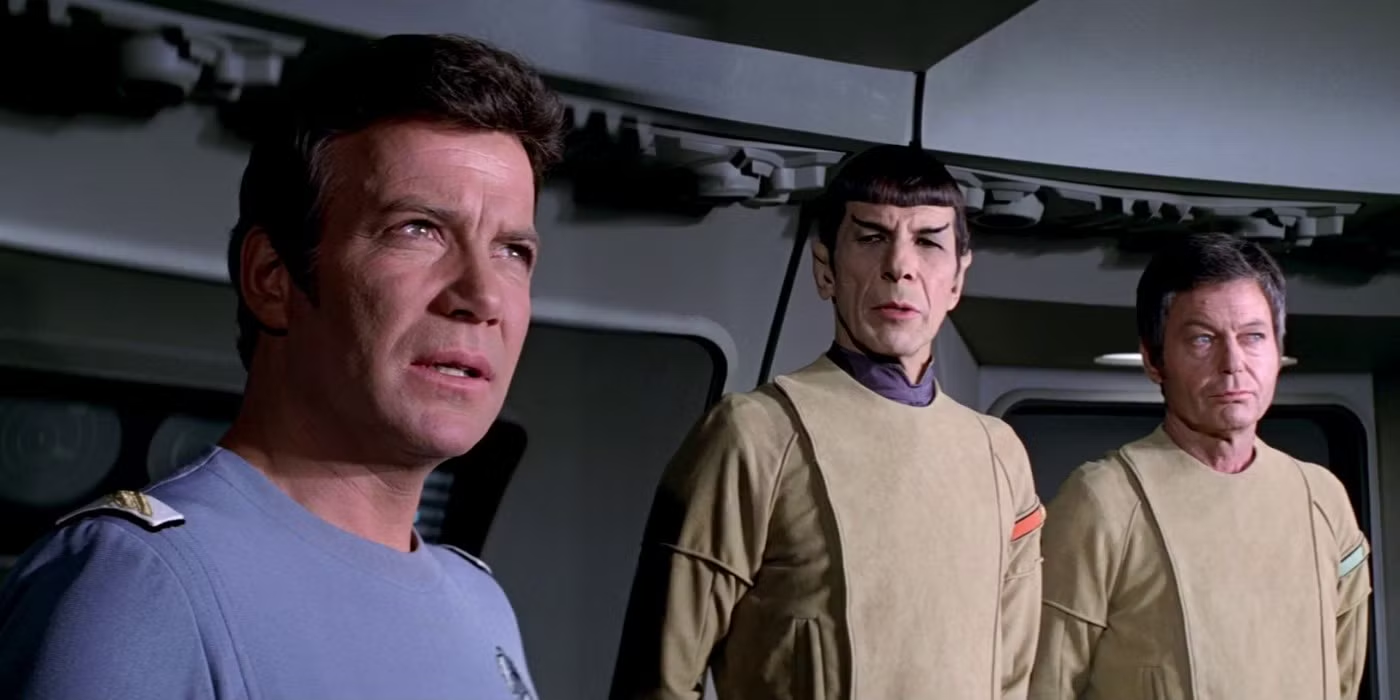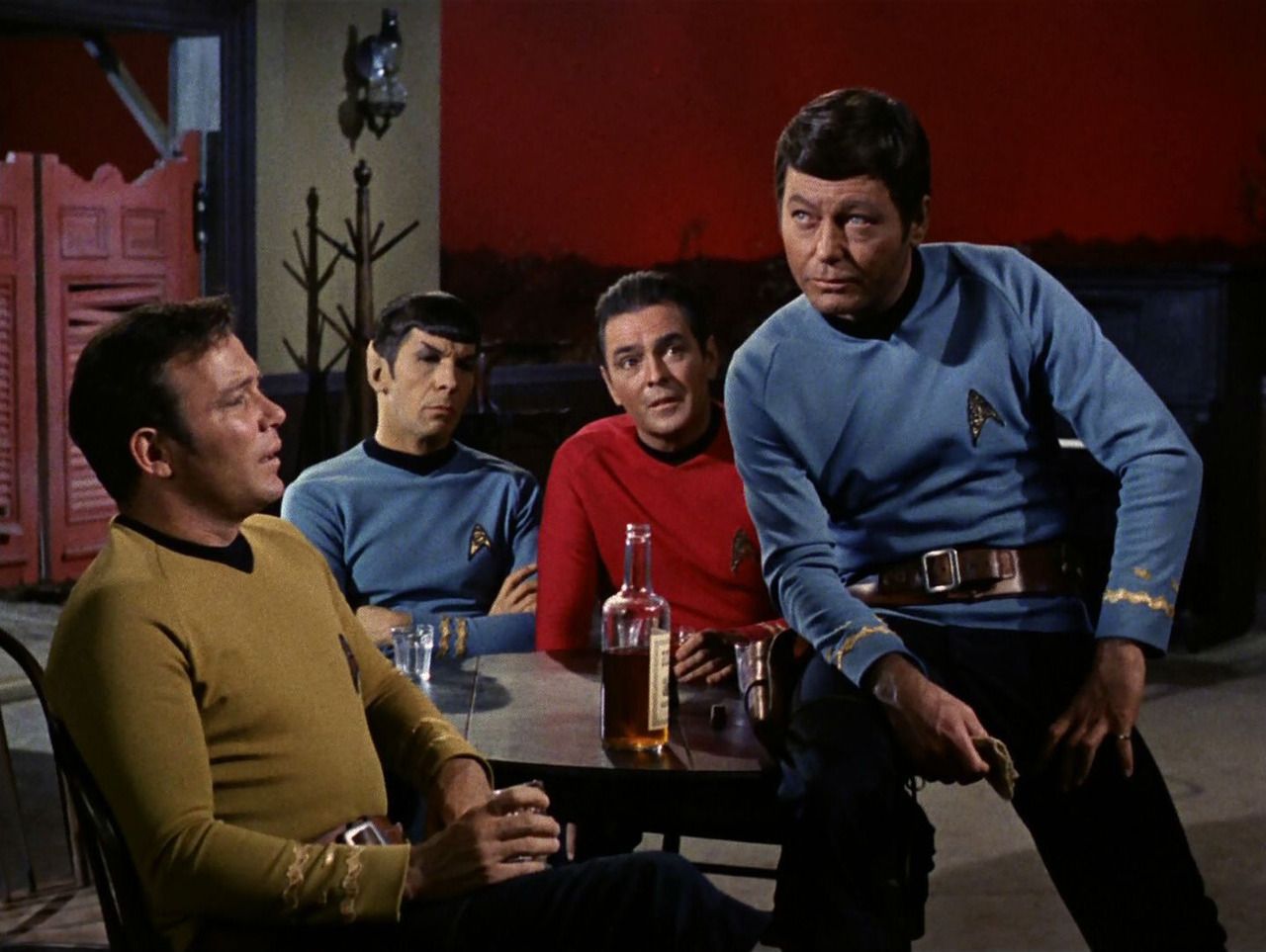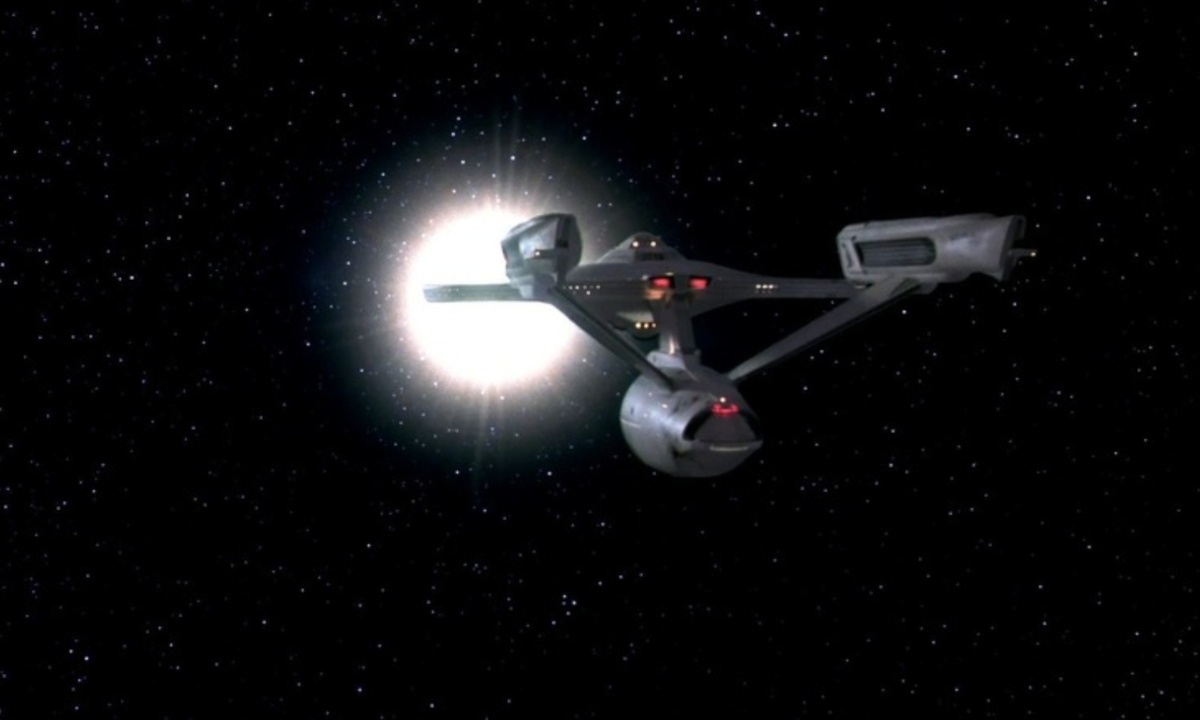When “Star Trek” was nearing the end of its second season in 1968, it was far from the cultural phenomenon it is today. Ratings were low, and the show primarily appealed to science fiction enthusiasts and academics rather than mainstream audiences. Due to this limited appeal, CBS considered canceling the show after the second season finale, “Assignment: Earth.” Without a substantial viewer base, “Star Trek” was on the verge of being permanently taken off the air.
Recognizing the imminent threat of cancellation, two passionate fans, John and Bjo Trimble, initiated a grassroots campaign to save “Star Trek.” The Trimbles, who were already active in the fan community, utilized a mimeograph machine to print and distribute 150 “Save Star Trek” letters to key fans. These fans, in turn, made additional copies and spread the message further. The result was an overwhelming wave of letters sent to CBS, successfully persuading the network to renew the show for a third season.
While the renewal was a victory, CBS provided a significantly reduced budget for the third season, which was evident in the show’s production quality. Episodes featured minimalistic sets, bizarre storytelling choices, and a noticeable decline in writing standards. Infamous episodes like “Spock’s Brain” and “The Savage Curtain” showcased these struggles, with absurd plots that disappointed even the most dedicated fans. Unfortunately, this decline set the stage for the series’ controversial final episode.

A Controversial Finale: How “Turnabout Intruder” Clashed with “Star Trek’s” Progressive Vision
“Turnabout Intruder,” which aired on June 3, 1969, centered on Dr. Janice Lester, a scorned woman who used an alien device to swap bodies with Captain Kirk. Lester, who had a romantic history with Kirk, expressed bitterness over her inability to become a Starfleet captain, citing a sexist Starfleet policy that supposedly barred women from such roles. The episode’s premise and execution were widely criticized for portraying women as emotionally unstable and unfit for leadership, clashing with “Star Trek’s” usual progressive ethos.
Despite the episode’s problematic themes, the performances of William Shatner and Sandra Smith stood out, as they effectively embodied each other’s characters. However, the depiction of Lester’s instability, particularly through Shatner’s exaggerated portrayal, reinforced negative stereotypes about women. The episode’s resolution, in which Kirk effortlessly regains control and Lester succumbs to hysteria, left viewers with a sour taste, making it one of the most reviled episodes in “Star Trek” history.
Unlike many series finales that offer closure, “Turnabout Intruder” concluded “Star Trek” on a weak and uninspired note. There were no major emotional farewells, character resolutions, or significant plot developments. Instead, the series ended with a forgettable and regressive story about gender roles. Fans who had fought for a third season were left disappointed, and the episode’s blatant sexism overshadowed any potential merits it could have had.

From Failure to Legacy: How “Star Trek” Overcame Its Controversial Final Episode
Fortunately, “Star Trek’s” journey did not end with “Turnabout Intruder.” The franchise continued with “Star Trek: The Animated Series” in 1973, which brought back many original writers and voice actors. This series corrected some of the original show’s missteps, including giving women more significant roles in Starfleet. Additionally, the success of “Star Trek” reruns led to the production of feature films, beginning with “Star Trek: The Motion Picture” in 1979, which revitalized the franchise for new audiences.
While “Turnabout Intruder” failed to provide a fitting conclusion, “Star Trek VI: The Undiscovered Country” (1991) offered a much more satisfying send-off. In this film, Captain Kirk and his crew play a pivotal role in ending the Federation-Klingon conflict. Instead of an abrupt and poorly executed ending, this film provided an emotional farewell, even featuring the cast’s autographs in the closing credits. This cinematic conclusion effectively erased the disappointment of “Turnabout Intruder” from fans’ memories.
“Turnabout Intruder” remains one of the most criticized episodes in “Star Trek” history. Fans at conventions frequently deride it, and it holds the lowest rating of the original series on IMDb. While some scholars have re-examined the episode’s themes, arguing that Lester’s character represents legitimate frustration against systemic oppression, the overwhelming consensus is that the episode mishandled its themes. Ultimately, fans and critics agree that “Star Trek”’s true legacy is better represented by its later successes rather than this regrettable finale.



